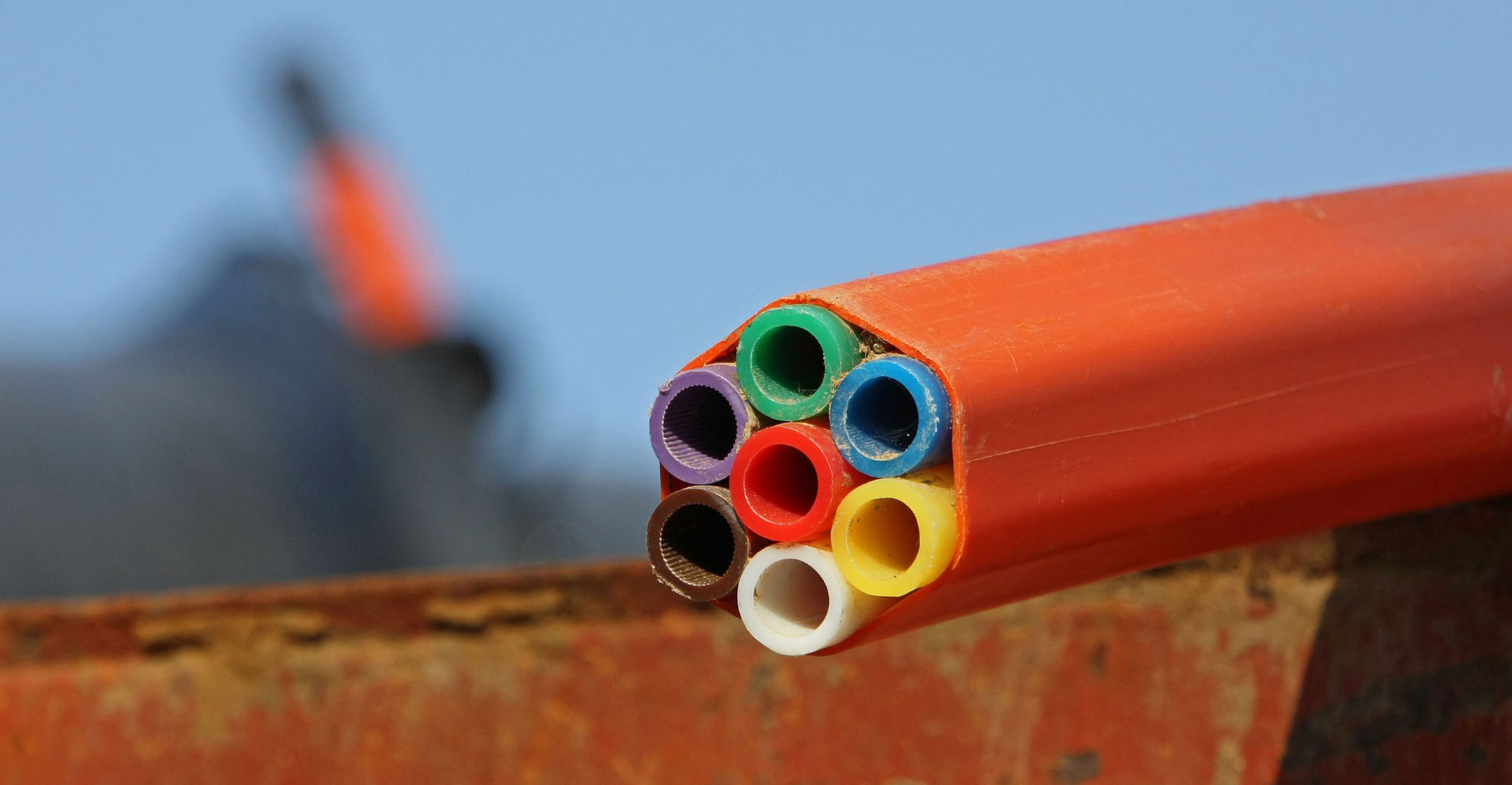 FTTx — fibre to the home/business/kerb/premises — is a bundle of opportunities wrapped in legacy challenges that can be overcome to deliver immense value to business, consumers and the public sector.
FTTx — fibre to the home/business/kerb/premises — is a bundle of opportunities wrapped in legacy challenges that can be overcome to deliver immense value to business, consumers and the public sector.
South Africa is in desperate need of economic recovery and broadband technology developments are the fuel that can drive all facets of society out of these complex times. Connecting clinics and hospitals can improve access to healthcare through medical supplies logistics, maintenance operations, infrastructure monitoring and digitalisation. And that’s just scratching the surface of its potential.
For the consumer, fibre to the home could grant them access to next-generation telemedicine, and kick-start the local evolution of smart homes. Globally, consumers and companies have shown a clear appetite for connected and smart homes and buildings – from automation to video surveillance to work-from-home systems – and this is showing little sign of abating. In education, online teaching has undergone a significant acceleration thanks to increased broadband and fibre roll-outs, with institutions adopting the new normal and developing solutions designed specifically for this market.
The adoption of cloud connectivity is also about to accelerate with many “hyperscalers” completing their South African data centre projects, providing consumers and organisations with high-bandwidth, low-latency connectivity. This is a huge opportunity for cloud solution providers, online education providers and various over-the-top services.
Challenges
However, as much as opportunities rest on the FTTx revolution, there are challenges. Competing mobile broadband offers will continue to pull customers away from fixed home broadband and for many customers there isn’t enough in the budget to pay for both mobile broadband and FTTH. Many are forced choose between the two.
Fibre deployment costs have been coming down steadily, but not at a rate to sufficiently accelerate the return on investment for deployments in low-density areas. The impact of the pandemic on supply chains also contributed to project cost overruns and put additional pressure on the fibre roll-out strategies of various players.
This is further impacted by slow wayleave approvals for trenching and excavations for installation of underground fibre, and for installation of poles for overhead fibre deployments. The situation has played out the irresistible force paradox, with the unstoppable force of the fibre market growth fighting against the immovable object of council approvals for wayleaves.

Another challenge is that infrastructure sharing among service providers is not actively pursued by many of the players in the ecosystem as some view their infrastructure as a long-term competitive advantage and only share it on an ad hoc or reactive basis.
For all stakeholders, rural areas — with their sparse landscapes — add another layer of complexity. ROI and payback periods in rural markets is much more difficult compared to high-density urban and peri-urban areas.
That said, there is still an opportunity for businesses to fully realise the potential of FTTx despite the challenges. Organisations that adopt this technology can fully realise their digitalisation needs through a stable, high-speed and low-latency connection. They can develop their cloud strategies and accelerate cloud adoption and leverage the potential of the hybrid or work-from-home models.
FTTx removes the need for large office spaces and enables remote working and learning, creating new opportunities in office space optimisation and reduced office leasing costs. Industry sectors and verticals can accelerate their SmartX strategies across metering, buildings, assets and more, pulling on the innovative deployment models that evolve out of FTTx, Wi-Fi 6 and more.
To overcome these challenges and realise these opportunities, pureplay fibre operators will need to develop compelling value propositions to gain market share against mobile broadband, and broad-play operators will need clever marketing and positioning strategies to package their fibre and mobile broadband offerings.
Coordination
In addition, improved coordination between fibre players and government initiatives can help solve the rural connectivity challenge, providing a competitive advantage in the connectivity-starved rural market. Fibre operators should consider incorporating infrastructure sharing as a key strategic enabler for market expansion and think about scheduling their wayleave applications well in advance to mitigate slow turnaround times from councils.
- Keoikantse Marungwana is senior research and consulting manager for telco and Internet of things leader for sub-Saharan Africa at IDC

